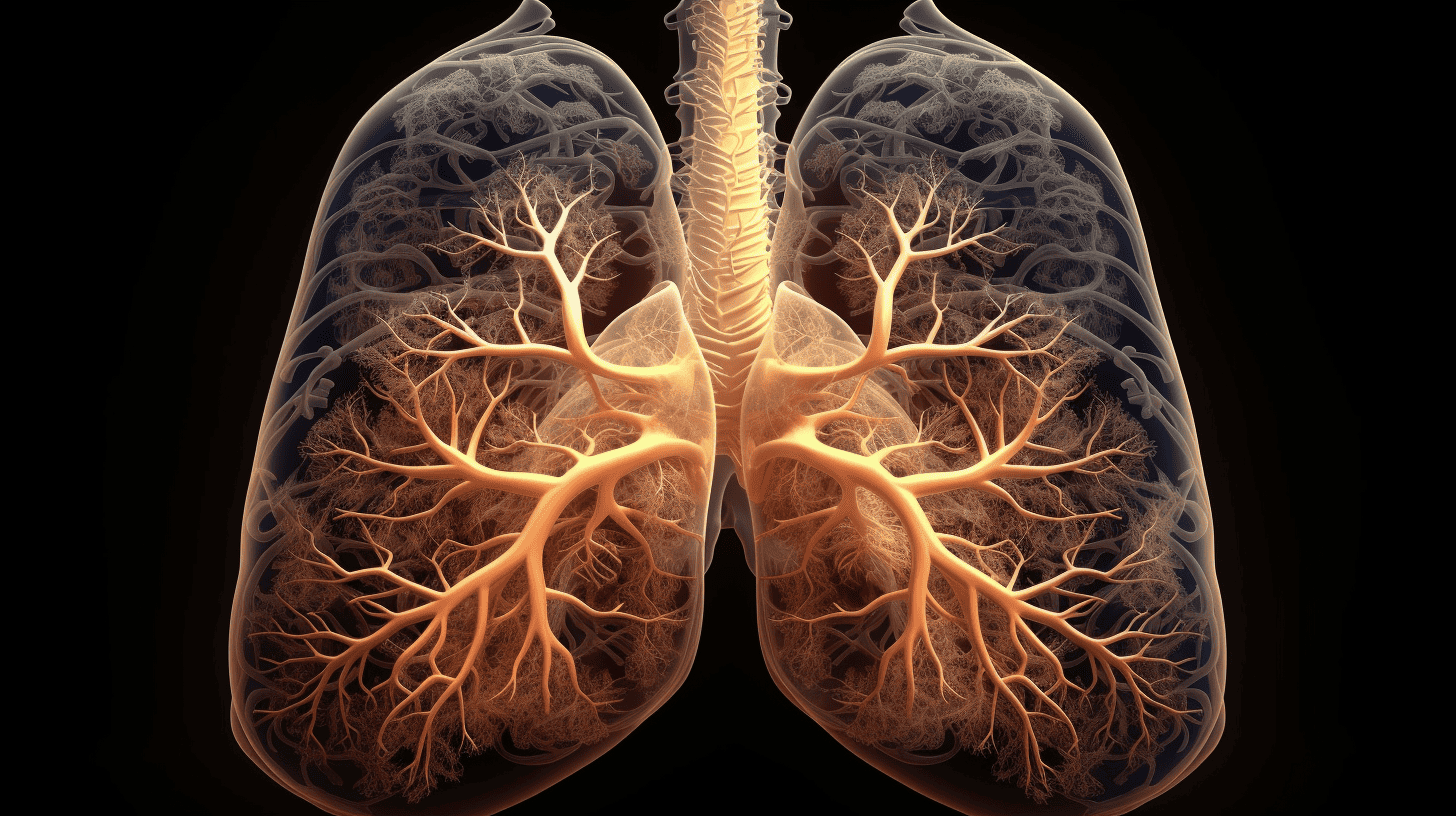
Researchers from the University of Copenhagen have discovered that liraglutide, a drug originally developed for diabetes and severe overweight, may help reduce nicotine cravings, writes the university in a press release.
- Diabetes drug showed to curb nicotine addiction;
- The study sheds light on new treatment possibilities.
Smoking is a major public health threat in Denmark, causing nearly 16,000 deaths annually, with 75 percent of smokers wanting to quit. The study reveals that liraglutide inhibits nicotine’s impact on the brain’s reward system by interacting with GLP-1, a hormone that plays a role in the brain’s response to nicotine. With clinical trials already underway, further research is needed to determine liraglutide’s effect on nicotine consumption in mice. The findings offer hope for new treatment options targeting both physical and behavioral aspects of nicotine addiction.
Liraglutide’s Role in Inhibiting Nicotine’s Effects
The groundbreaking research from the University of Copenhagen suggests that liraglutide, a drug initially designed for diabetes and severe overweight, could also aid those struggling with nicotine dependence. Nicotine, a highly addictive substance in tobacco products, is the primary reason smokers find quitting challenging. According to the Danish Health Authority, almost a quarter of Danes are addicted to nicotine products, with snuff and e-cigarettes on the rise among young people.
Associate Professor Christoffer Clemmensen explained that liraglutide inhibits the effect that nicotine has on the brain’s reward system. When nicotine interacts with GLP-1, a hormone that plays a significant role in the brain’s response to nicotine, it releases dopamine, acting as a reward, making quitting smoking difficult. The study focused on the interaction between GLP-1 and nicotine for promoting weight loss.
GLP-1 and Nicotine’s Appetite Inhibiting Effects
Published in Cell Reports, the study revealed that GLP-1 and nicotine both act as appetite inhibitors. Nicotine increases energy expenditure, and quitting often leads to weight gain. When GLP-1 and nicotine work together, they promote weight loss, while GLP-1 alone reduces nicotine cravings. Both GLP-1 and nicotine affect the same neurons in the brain, with GLP-1 influencing the body’s response to nicotine. The combination of these substances reduces food intake as well as dopamine release, thereby lowering nicotine cravings.
The trials on the brain’s reward system were conducted in collaboration with the Gether Lab, Department of Neuroscience, University of Copenhagen. The researchers hope that pharmaceutical companies will explore the potential of GLP-1-based drugs and their interaction with nicotine. The full study, titled ‘GLP-1 and nicotine combination therapy engage hypothalamic and mesolimbic pathways to reverse obesity’, sheds light on the possible new treatment options for nicotine addiction.

Addiction signs
Signs of addiction include the inability to stop smoking, withdrawal symptoms, smoking despite health problems, and giving up social activities. Withdrawal symptoms can range from cravings and anxiety to irritability, restlessness, difficulty concentrating, and increased hunger. Overcoming dependence requires awareness of triggers, such as drinking coffee, taking breaks, talking on the phone, and socialising, and plans to deal with them.
The Importance of Preventing Nicotine Dependence
Preventing nicotine dependence involves not using tobacco initially. For children, having non-smoking parents or parents who have successfully quit smoking can lower the risk of becoming smokers themselves. Tobacco smoke contains over 60 cancer-causing chemicals and other harmful substances, leading to numerous health problems, including lung cancer, heart and circulatory system problems, diabetes, eye problems, infertility and impotence, and complications during pregnancy.







